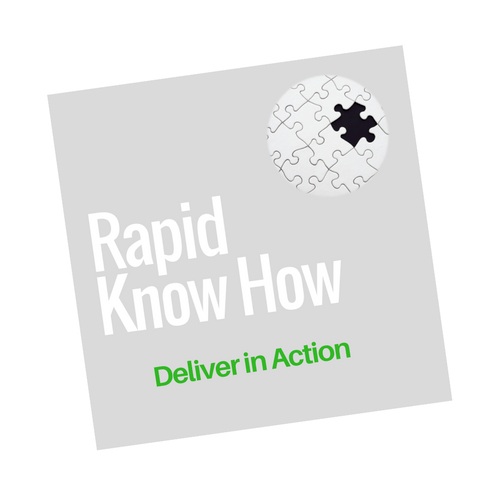 Are you a Procurement Professional who is about to deliver a Scorecard within an organization.
Are you a Procurement Professional who is about to deliver a Scorecard within an organization.
Here is a blog, which comes from my references when working as an External Consultant for various DAX organizations in Europe.
First of all, make sure that you have a structure and a project plan where you are the person which is responsible for delivering to the sponsor and taskforce groups the current results. Furthermore, you should understand the methodologies which are currently applied in DAX organizations.
This means that the topic of programme or project management should be within your skill-profile and you should be able to manage many stakeholders from various departments.
Having an international-background or communicating that you work internationally with different organizations, will help you adjust to your role as a Procurement Professional to implement a Scorecard.
Here is the strategic roadmap to implement your Suppliers more professionally:
5 Steps to Choose and Manage Your Strategic Supplier Effectively
- Define a Sponsoring and your Taskforces to manage your Suppliers in longterm for your organization
- Provide a Project or Programm Plan to show what the key milestones are and set a timeline when you inform your Sponsors and when you should involve the Taskforce (select the project management methodology agile vs. traditional, see link: Project Management Methodologies)
- Implement the Project or Programm Plan by selecting one key Supplier which should be the test-case for this programm or project (the Supplier should be a long-term supplier who is willing to improve his performance in terms of quality, costs, delivery times or provision of innovative solutions)
- Monitor the Project or Programm and provide the status to all the key members of the Project Team
- Reflect on end-results and continue developing supplier performance (after the project ends – use the scorecard and apply it also for the future, this should not be a one-time delivery but more a tool where the lead-buyers can work and manage their supplier for the future to efficiently structure their organisational activities)
All in all you can adjust the metrics and measures, see meaning under: KPI, Metric and Measures – what is the difference , but make sure that you learn from the team members and from your vendors, which you should integrate in the team.
The main learning point is as an external consultant that the main results happen once you start to actually collaborate with your vendor and not work so tactical. Setting a clear strategy on how you want to manage your vendor will give the vendor an understanding on what benefit the vendor has and the customer.
For example, delivery-times are always late and this causes immense costs for the customer, as the goods or products can not be finished to deliver to end-consumer.
This causes a late go-to market for the product managers and this will fail to deliver the sales margin of the customers.
Therefore, thinking in value-chain, will give the vendor a bigger opportunity to join the programm as this can be a key indicator within your Vendor Profiling.
What is Vendor Profiling?
It is a profile of a Vendor to be able to join the Programme in order to implement the Scorecard.
Therefore, being professional and structured will be important for your to deliver the Balanced Scorecard for your organization.
I wish you good luck with this and once you have questions, please feel free to connect with me on LinkedIn:
https://www.linkedin.com/in/philipdavidconsulting/
For more info for a One-to-One Coaching Session, you can send me a message and we will find a time to discuss your challenges in Procurement.
Your Coach and Consultant,
Philip



